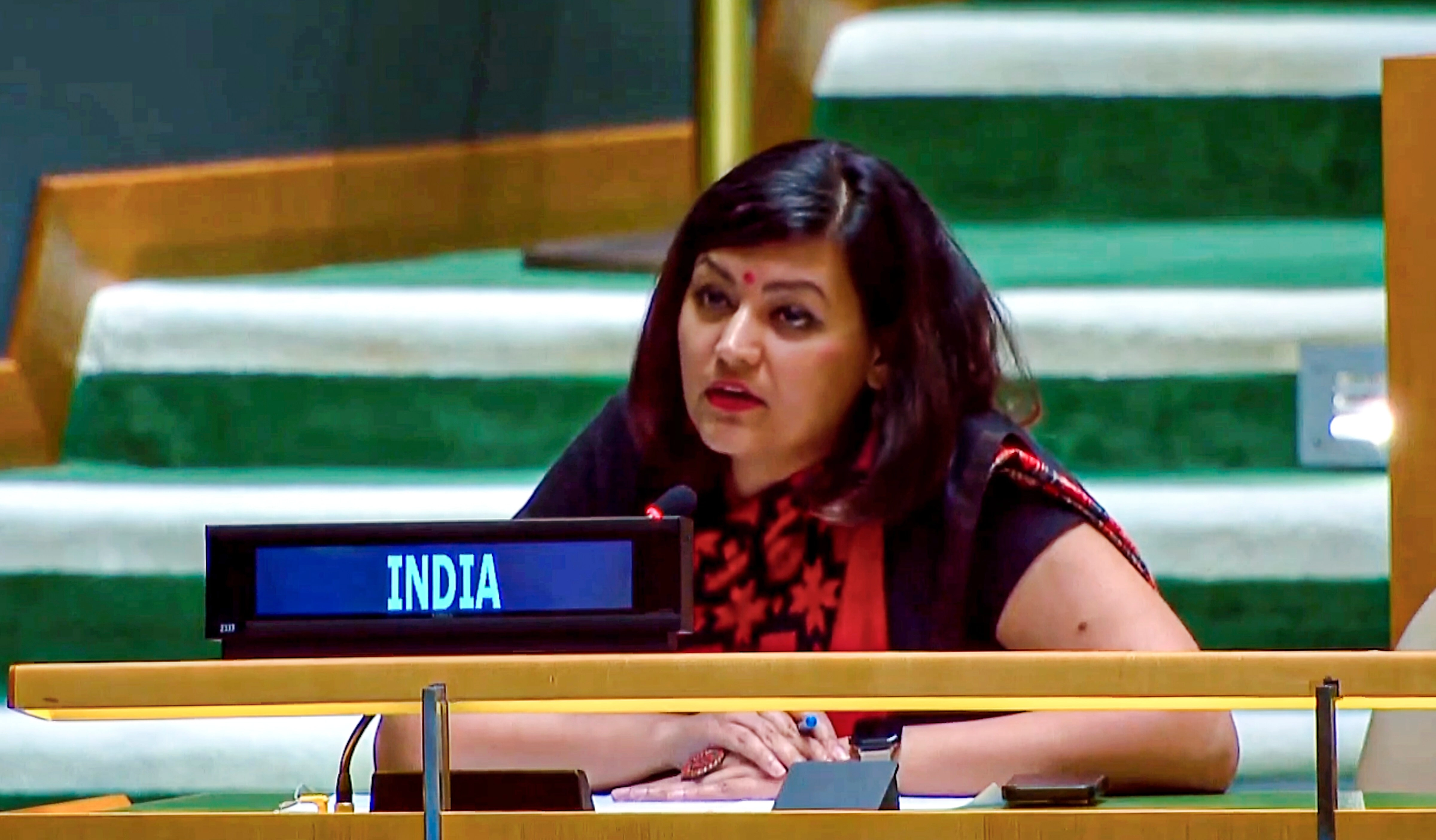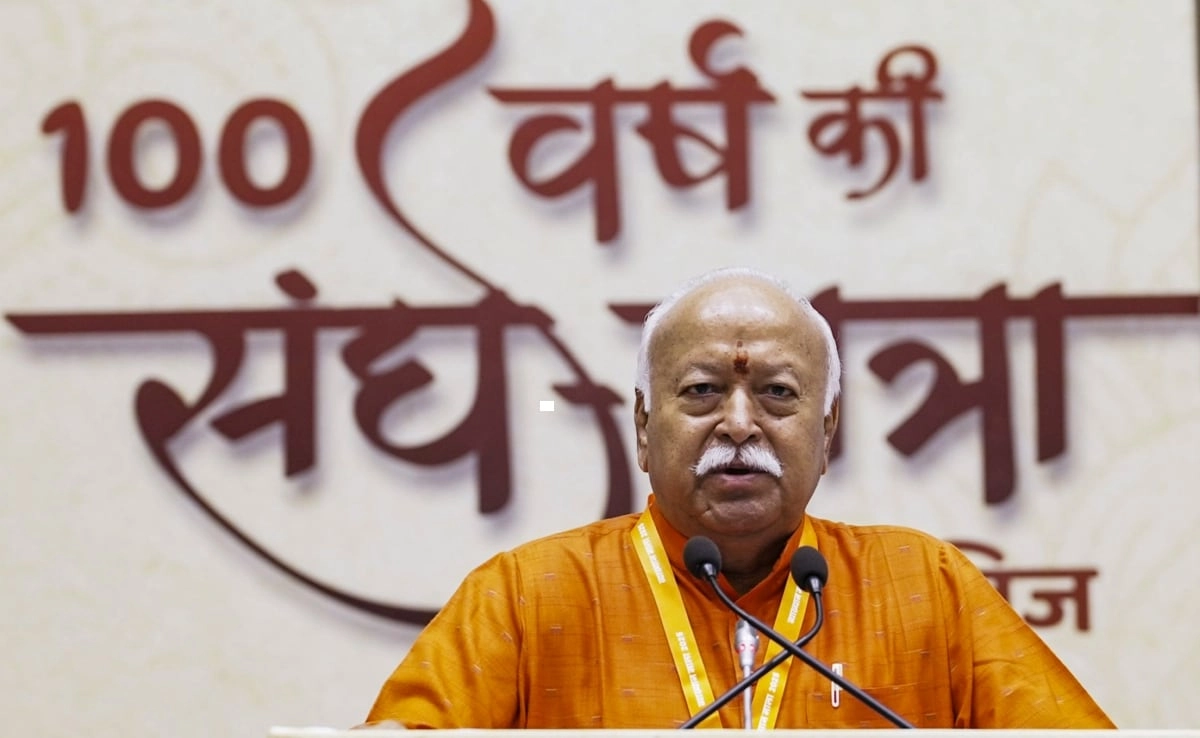A recent tragedy in Gujarat, where a bridge collapse resulted in the loss of nine lives, has prompted a somber reflection on the history of similar catastrophic events across the globe. The collapse of infrastructure, particularly bridges, often highlights not only engineering failures but also raises critical questions about safety regulations, maintenance practices, and the accountability of governing bodies. In this case, eyewitness accounts described a scene of chaos and despair, as rescue operations were swiftly initiated to recover those trapped or injured. Such incidents serve as painful reminders of the fragility of human-made structures and the devastating impact they can have on communities.
This incident in Gujarat is not an isolated event. Throughout history, bridge collapses have claimed lives and caused widespread destruction. For example, the Tacoma Narrows Bridge in the United States famously collapsed in 1940 due to aeroelastic flutter, while the Silver Bridge disaster in 1967 resulted from structural fatigue, leading to the deaths of 46 people. These tragedies underline the importance of diligent engineering practices, rigorous inspections, and the necessity for timely maintenance to ensure the safety of infrastructure. Each disaster has prompted changes in policies and regulations, yet similar failures continue to occur, reminding us that vigilance is always necessary in the face of evolving engineering challenges.
As we reflect on these tragedies, it becomes evident that the loss of life, like that seen in Gujarat, is not just a statistic but a profound loss for families and communities. The aftermath of such events often involves a collective grief that can linger for years, alongside calls for justice and accountability. Survivors and victims’ families frequently seek answers, pushing for investigations that can lead to improvements in safety standards and prevent future occurrences. The emotional toll is compounded by the media coverage that follows, which can sometimes oversimplify complex issues, focusing more on the immediate disaster rather than the systemic failures that allowed it to happen.
In conclusion, the collapse of the bridge in Gujarat is a poignant reminder of the ongoing risks associated with aging and inadequately maintained infrastructure. It serves as a call to action for governments and engineering professionals worldwide to prioritize safety and invest in the necessary resources to prevent future tragedies. As we mourn the lives lost in this recent incident, it is essential to remember the broader context of infrastructural vulnerabilities and the imperative to learn from past mistakes. Only through a commitment to improvement and accountability can we hope to honor those who have suffered by ensuring safer conditions for future generations.




